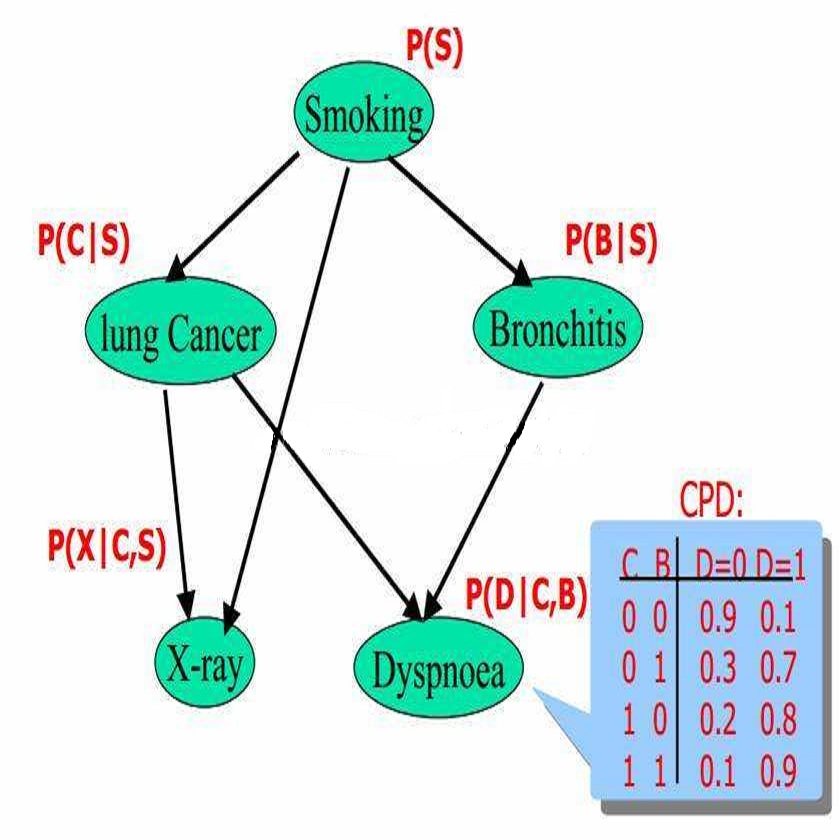Several algorithms for learning the structure of dynamic Bayesian networks (DBNs) require an a priori ordering of variables, which influences the determined graph topology. However, it is often unclear how to determine this order if feature importance is unknown, especially as an exhaustive search is usually impractical. In this paper, we introduce Ranking Approaches for Unknown Structures (RAUS), an automated framework to systematically inform variable ordering and learn networks end-to-end. RAUS leverages existing statistical methods (Cramers V, chi-squared test, and information gain) to compare variable ordering, resultant generated network topologies, and DBN performance. RAUS enables end-users with limited DBN expertise to implement models via command line interface. We evaluate RAUS on the task of predicting impending acute kidney injury (AKI) from inpatient clinical laboratory data. Longitudinal observations from 67,460 patients were collected from our electronic health record (EHR) and Kidney Disease Improving Global Outcomes (KDIGO) criteria were then applied to define AKI events. RAUS learns multiple DBNs simultaneously to predict a future AKI event at different time points (i.e., 24-, 48-, 72-hours in advance of AKI). We also compared the results of the learned AKI prediction models and variable orderings to baseline techniques (logistic regression, random forests, and extreme gradient boosting). The DBNs generated by RAUS achieved 73-83% area under the receiver operating characteristic curve (AUCROC) within 24-hours before AKI; and 71-79% AUCROC within 48-hours before AKI of any stage in a 7-day observation window. Insights from this automated framework can help efficiently implement and interpret DBNs for clinical decision support. The source code for RAUS is available in GitHub at https://github.com/dgrdn08/RAUS .
翻译:许多算法用于学习动态贝叶斯网络(DBNs)的结构需要一个先验的变量顺序,这会影响确定的图形拓扑。然而,如果不知道特征的重要性,特别是因为详尽的搜索通常是不切实际的,那么如何确定这个顺序就变得不清楚了。在本文中,我们介绍了一种名为未知结构排名方法(RAUS)的自动化框架,以系统性地指导变量排序并端到端地学习网络。RAUS利用现有的统计方法(Cramer's V、卡方检验和信息增益)比较变量排序、结果生成的网络拓扑和DBN性能。RAUS使终端用户能够通过命令行界面实现模型。我们评估了RAUS在通过住院临床实验室数据预测即将发生的急性肾损伤(AKI)任务上的表现。我们从电子病历(EHR)中收集了67460位患者的纵向观察数据,并应用肾脏疾病全球改善效果组(KDIGO)标准来定义AKI事件。RAUS同时学习多个 DBNs 以在不同时间点(即在AKI之前的24、48、72小时)预测未来的 AKI 事件。我们还将学习的 AKI 预测模型和变量顺序与基线技术(逻辑回归、随机森林和极端梯度上升)进行了比较。RAUS生成的 DBNs 在 AKI 之前的 24 小时内实现了 73% 到 83% 的接收器操作特征曲线下面积(AUCROC); 在 任何阶段的 AKI 之前的 48 小时内实现了 71% 到 79% 的 AUCROC,在 7 天的观测窗口内。这个自动化框架的见解有助于高效地实现和解释DBNs用于临床决策支持。RAUS的源代码可以在GitHub上获得,网址是: https://github.com/dgrdn08/RAUS 。


